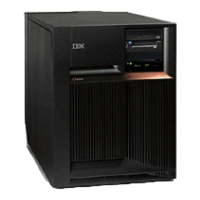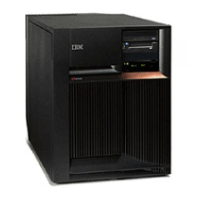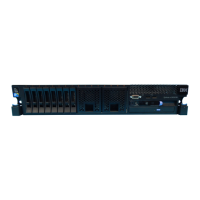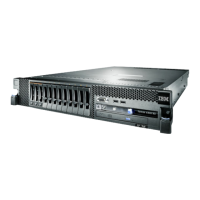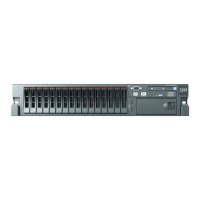v “Use this intermittent problem section,” to begin analyzing an intermittent problem
v “Correct intermittent problems”
v “General intermittent problem checklist” on page 13
v “How to analyze the intermittent problem” on page 16
v “Intermittent symptoms” on page 16
v “Failing area INT-PIPs” on page 17
Use this intermittent problem section
For use by authorized service providers.
The following danger notice always applies in this intermittent section:
DANGER
To prevent a possible electrical shock from touching two surfaces with different electrical grounds, use one hand,
when possible, to connect or disconnect signal cables. (RSFTD004)
Special tools and equipment
You must make all ac voltage measurements with a meter that measures true root mean square (RMS)
voltage. The Fluke** multimeter present in most IBM tool kits measures true RMS voltage. You can also
use Fluke 8060A, 8600A, or equal meters.
You can get equipment for the following conditions from your branch office or installation planning
representative:
v If you suspect that the air at the system site is too hot or too cold, you need a thermometer to check the
temperature.
v If you suspect the moisture content of the air at the system site is too low or too high, use a wet/dry
bulb to check the humidity. See “General intermittent problem checklist” on page 13 for more
information.
v If you need to check ac receptacles for correct wiring, you need an ECOS** tester, Model 1023-100, or
equivalent tester. The tester lets you quickly check the receptacles. If you cannot find a tester, use an
analog multimeter instead. Do not use a digital multimeter.
v To send data with a Licensed Internal Code Trouble Report (LICTR), you need a blank tape for a
storage dump. Since you cannot predict when you might need a blank tape, you should always keep a
blank tape available.
How to use this section
Follow the steps in this procedure to correct an intermittent problem.
1. Read all of the information in “Correct intermittent problems” before you attempt to correct an
intermittent problem. Then continue with the next step of this procedure.
2. Perform ALL steps in the “General intermittent problem checklist” on page 13. Then return to this step
of this procedure and answer the following question.
Did you correct the intermittent problem?
v No: Go to “How to analyze the intermittent problem” on page 16.
This
ends the procedure.
v Yes: This ends the procedure.
Correct intermittent problems
For use by authorized service providers.
12 iSeries: iSeries Server 270, 800, 810, 820, 825, 830, 840, 870, 890, SB2, and SB3 Hardware Problem Analysis and Isolation

